The Pupil Premium Policy and guidance have been written to support schools to produce a policy of their own. The policy enables all colleagues in a school community to be clear as to how this additional funding is to be used to reduce inequalities, what their role is in narrowing the gaps for disadvantaged pupils and how the school will demonstrate impact. The supporting guidance assists schools in tailoring the policy to meet the needs of their particular pupils. It also pulls all the latest research and tools they can use together in one place for ease of use saving time and effort.
The Pupil Premium Policy Template on the Guardian Teacher Network is a PDF. Should schools require a Word version to make it easier for them to produce their own, this is available on request from Equitable Education on [email protected] for a copy.
Equitable Education provides workshops for schools and their governing bodies to facilitate the production of their own Pupil Premium Policy, using all the latest evidence based research of ‘what works’ and evaluation tools that are available to use. We can support you in personalising the workshop, so that it is tailor made to meet the particular needs of your pupils eligible for free schools meals. Please get in contact with Sameena Choudry on [email protected] to discuss the needs of your school and how we can support you in ensuring maximum impact in using your Pupil Premium effectively in narrowing the gaps for your disadvantaged pupils.
For further information on the Pupil Premium and what you as a school needs to meet the Ofsted and Pupil Premium Grant requirements, please read the blog posting below.
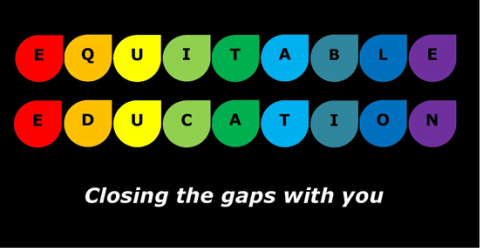
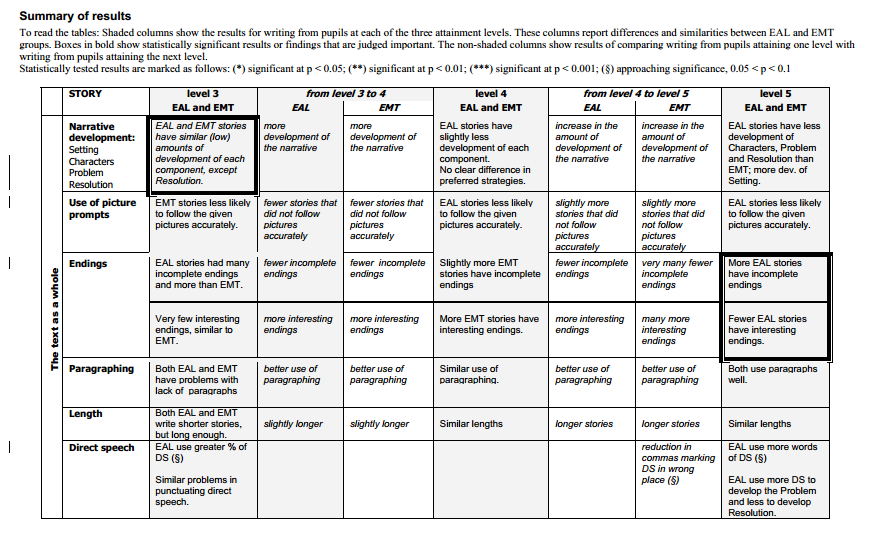
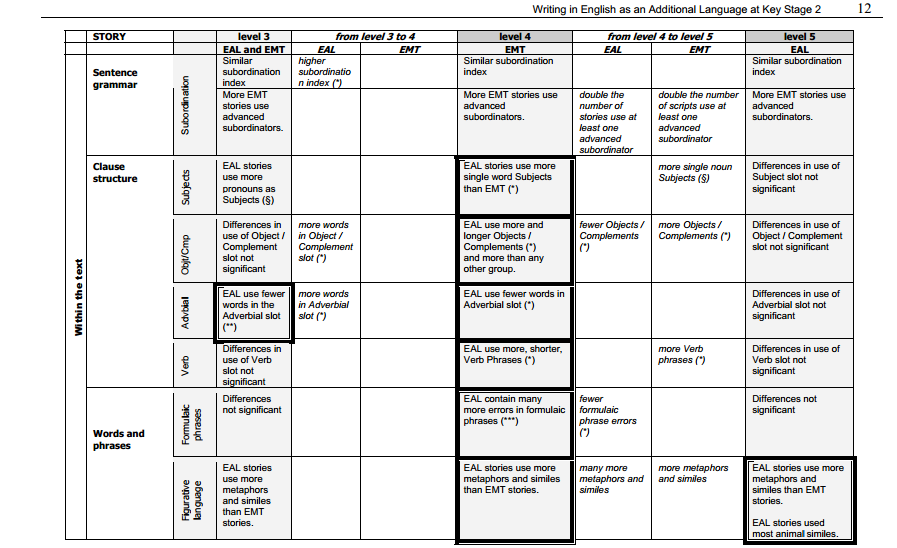
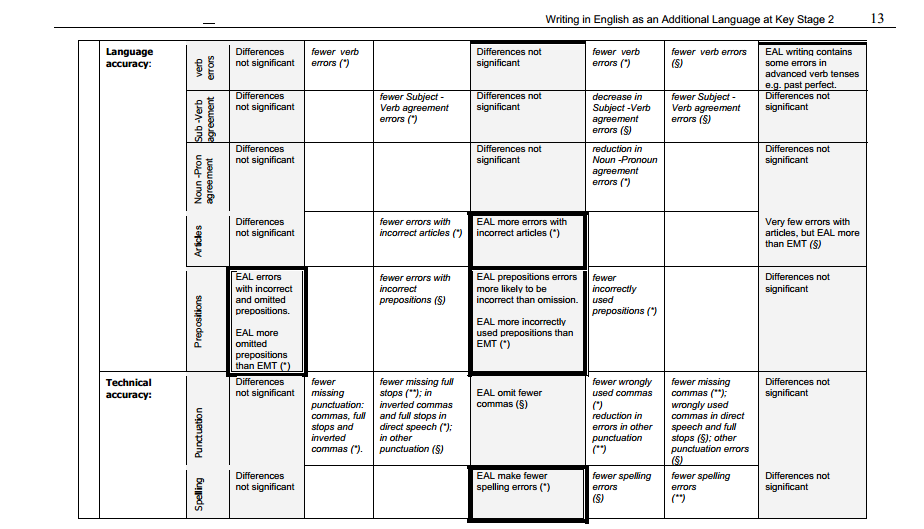


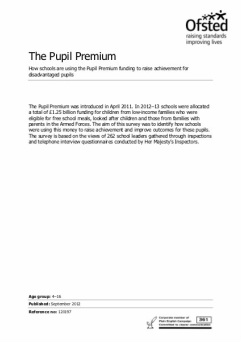
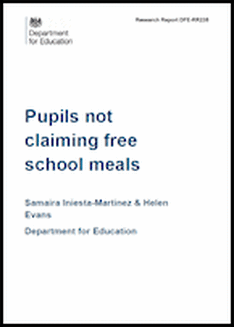
 RSS Feed
RSS Feed
